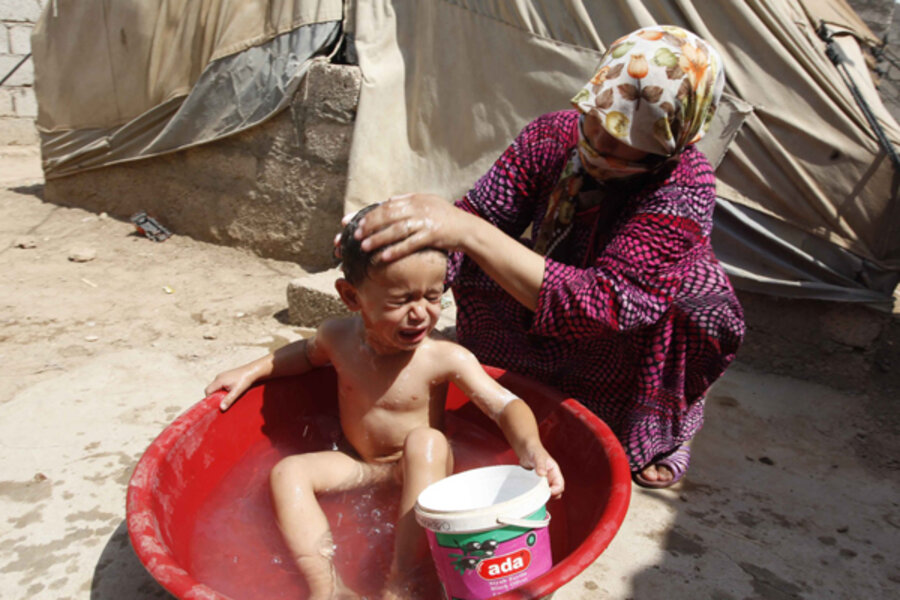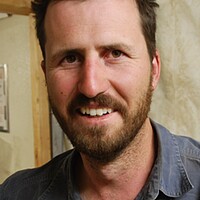Poll: Syrians see no end to war, displacement
Loading...
| Istanbul, Turkey
About half of all Syrians say that they both see their conflict continuing at least one or two more years and would leave their country if they could, according to new survey data released by Gallup.
The poll results come just days after the United Nations registered the two-millionth Syrian refugee and provide a stark signal that Syria’s refugee crisis, already the source of the most displaced people in the world, will most likely continue to grow.
The Syrian refugee population has exploded recently. In the early months of the conflict, which began in March 2011, Gallup reported that only 29 percent of Syrians would leave the country if they could.
Now 2.5 years into the conflict, it has become increasingly deadly. Of the more than 100,000 people killed, more than three-quarters lost their lives in the last 12 months. A year to the day before the UN recorded its two millionth refugee on Tuesday, the international organization had logged only 230,671 refugees. In the last six months, the number of refugees climbed from 1 million to 2 million.
An estimated 5,000 people continue to flee the country everyday. In June, the UN estimated that if current rates continue, there could be 3.45 million Syrian refugees by year’s end.
The UN’s refugee count includes only those who’ve registered or are awaiting registration. UN officials say that there may be hundreds of thousands who have not registered.
Those tasked with assisting the refugees say it has been a constant struggle to meet the mushrooming demands. Insander, a small Syrian organization in Istanbul, has had to prioritize who it helps, primarily targeting the most impoverished people and those with serious health problems.
“We don’t have a lot of money to cover all of this situation. It’s growing very much and very fast,” says Hadi Abu Bakr, a member of Insander. “If we do not have a lot of support to cover this situation it will become worse.”
The refugee problem has placed considerable strain on Syria’s neighbors and others in the region who host more than 97 percent of the Syrian refugee population. The vast majority of these refugees live outside official camps and stress the infrastructure in host countries not capable of supporting the unexpected surge of people.
Peter Kessler, regional spokesperson for the UN High Commissioner for Refugees says that neighboring countries are in need of development projects to address issues like overcrowded schools and distressed sewage systems, not just humanitarian aid to meet the immediate needs of Syrians.
“Clearly the refugees are now living in communities, going to health centers, going to schools, drinking scarce water, using the water and sanitation – so there has to be a much bigger effort by development actors like the World Bank and [UN Development Program] to support the refugee hosting community,” says Mr. Kessler.
There are an additional 4.25 million Syrians displaced inside Syria, according to the UN, while Gallup reported that 14 percent of those surveyed said they were internally displaced. Including the refugee population outside Syria, this leaves nearly 1 in 3 displaced from their homes.
In the face of the overwhelming problems facing Syrians, including extreme economic hardship, Gallup found that many people are assisted by internal support networks.
Nearly a quarter of Syrians say they help to support families that have been displaced and 15 percent of Syrians who live outside their homeland report sending either money or goods to help those living inside Syria. Another 7 percent sent help to Syrians living outside the country and 5 percent sent help to both groups.
To conduct their most recent poll, Gallup surveyed just over 1,000 Syrians in face-to-face interviews across the country (excluding Homs and Quneitra governorates) in June and July.








